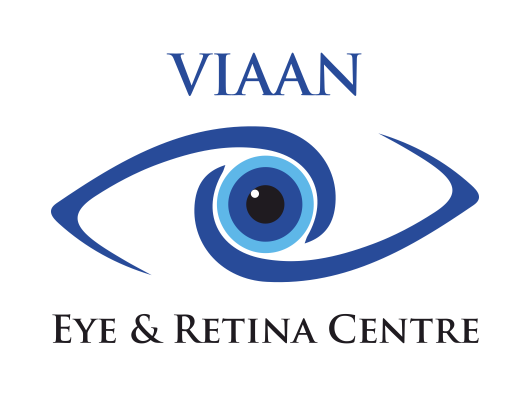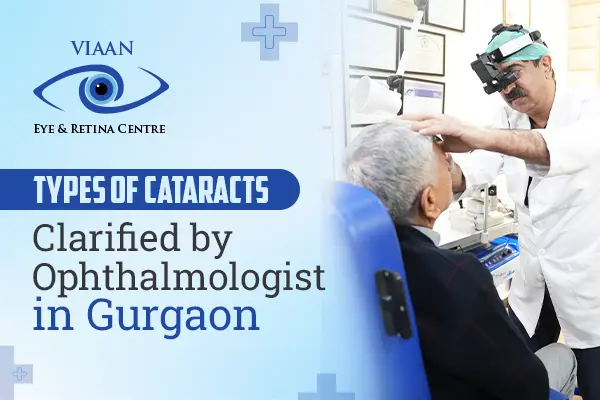Cataracts, a common eye condition that primarily affects older individuals, occur when the lens of the eye becomes clouded, leading to impaired vision. This condition often develops gradually and may go unnoticed in its early stages. However, understanding the various types of cataracts is crucial for early detection and effective management. In this article, we will explore the different types of cataracts and their unique characteristics.
Nuclear Cataracts
The most common type of cataract is the nuclear cataract, which forms in the center (nucleus) of the lens. Over time, proteins in the nucleus clump together, causing the lens to become yellow and opaque. This type of cataract typically progresses slowly, leading to a gradual decline in distance vision and an increased sensitivity to glare.
Cortical Cataracts
Cortical cataracts develop in the lens cortex, the outer part of the lens. Characterized by wedge-shaped opacities that extend from the outer edge of the lens toward the center, cortical cataracts often cause problems with glare, especially during bright light conditions. Changes in contrast sensitivity and difficulty with night vision may also be experienced.
Subcapsular Cataracts
Subcapsular cataracts occur at the back of the lens, just beneath the lens capsule. This type of cataract tends to progress rapidly and can significantly impact near vision. Subcapsular cataracts are often associated with conditions such as diabetes, high myopia, and the long-term use of certain medications like corticosteroid
Congenital Cataracts
Unlike cataracts that develop with age, congenital cataracts are present at birth or develop during childhood. They may be caused by genetic factors, infections during pregnancy, or other developmental issues. Early detection and intervention are crucial for preventing long-term visual impairment in children with congenital cataracts.
Traumatic Cataracts
Traumatic cataracts result from eye injuries, such as blunt force trauma or penetrating injuries. These cataracts can develop immediately after the injury or may take years to manifest. Treatment often involves surgical removal of the cloudy lens and, in some cases, implanting an artificial intraocular lens.
Secondary Cataracts
Secondary cataracts can develop as a complication of other eye conditions or surgeries, particularly after cataract surgery. Sometimes referred to as posterior capsular opacification (PCO), this condition occurs when cells left behind during surgery proliferate on the capsule, causing visual disturbances. A simple laser procedure called YAG laser capsulotomy is often performed to correct secondary cataracts.
Conclusion
Understanding the different types of cataracts is essential for both individuals seeking to monitor their eye health and healthcare professionals providing eye care. Regular eye exams, especially as one ages, can aid in the early detection of cataracts, allowing for timely interventions and maintaining optimal vision. While cataracts are a common part of aging, advancements in surgical techniques and lens technologies offer effective solutions for restoring clear vision and improving the quality of life for those affected by this prevalent eye condition.
Moreover, if you are experiencing any issues with your eyes, it’s essential to consider the possibility of cataracts and seek early evaluation. Viaan Eye & Retina Center offers expert care from Ophthalmologist in Gurgaon dedicated to delivering the best services. To schedule an appointment for an eye checkup, you can conveniently do so via phone or by visiting us directly. Don’t delay in prioritizing your eye health – contact Viaan Eye & Retina Center today.



